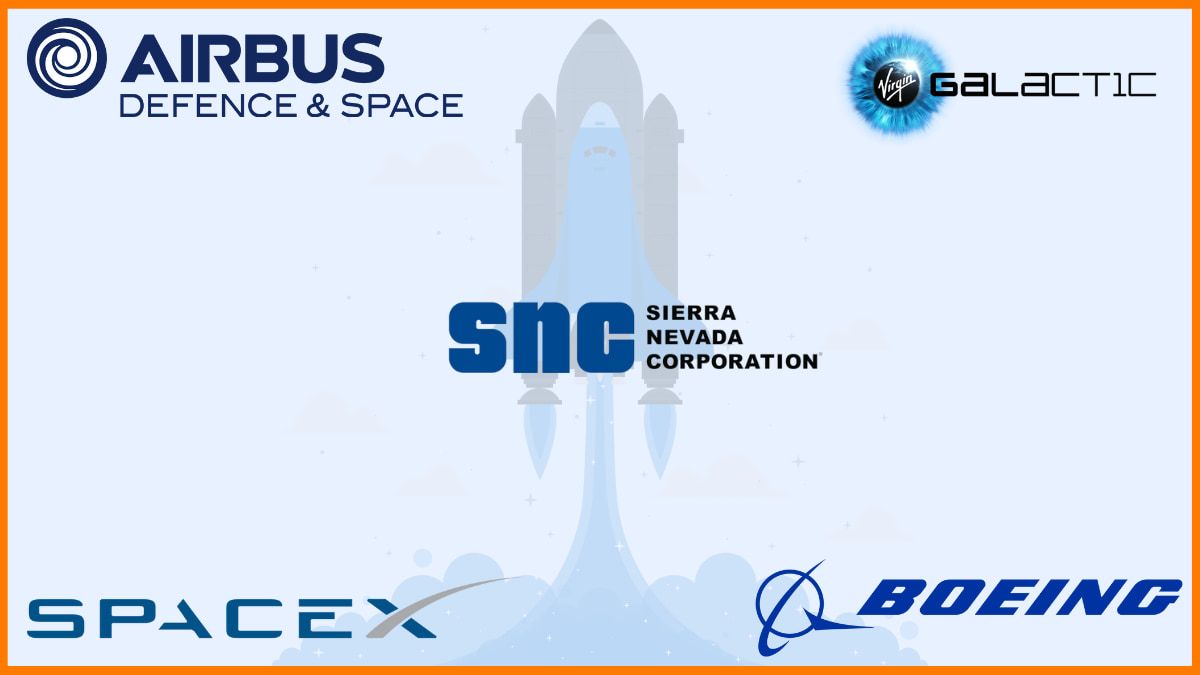Rohan Ganapathy, CEO & CTO of Bellatrix Aerospace, on How They’re Leading Innovations in Sustainable Space Technology
📝Interviews
In this exclusive interaction with StartupTalky, Rohan Ganapathy, Co-Founder, CEO, and CTO of Bellatrix Aerospace, discusses how the company is leading advancements in sustainable space technology. Bellatrix, which began with a vision to combat climate change, has grown into a pioneer in satellite propulsion and in-space mobility solutions. Ganapathy shares insights on their innovative technologies, like the water-powered Microwave Plasma Thruster, their collaboration with ISRO, and how they’re driving cost-efficient, eco-friendly innovations that are shaping the future of the satellite industry.
StartupTalky: What inspired you to start Bellatrix Aerospace, and how has your mission evolved since then?
Mr. Ganapathy: Bellatrix Aerospace started when we were still in college and interested in space exploration. Set out on a vision to solve climate change by developing water-based satellite propulsion to reduce the cost of transportation in space. Our mission to remain cost-efficient and sustainable has remained. Now we have evolved into In-Space Mobility solution provider for all classes of satellites and continue to develop cutting-edge technologies.
StartupTalky: Briefly highlight Bellatrix Aerospace’s key technologies and what makes them unique.
Mr. Ganapathy: Chemical Propulsion:
- Green Mono-Propellent Thruster (Rudra Series): Sustainable and highly performant. We have developed fuel and catalysts in-house that are green and sustainable.
- Nano thruster: World’s smallest thrusters, smaller than a coin. Based on nanofabrication, this thruster is designed to be compatible for CubeSats up to 12 U. Volume and power efficiency.
Electric Propulsion:
- Hall Effect Thruster (Arka Series): Based on Hall effect technology, the Arka series can be compatible with satellites from 50kg class to 5000 kg. To avoid a single-point failure due to heating issues in the cathode, we have developed a heater-less hollow cathode-based hall effect thruster.
- Microwave Plasma Thruster (Jal Series): The world's first thruster with water as a fuel, designed for 1000Kg+ class satellites and reduces cost for the satellite owner significantly due to water used as the fuel.
StartupTalky: How has your partnership with ISRO impacted Bellatrix’s technological advancements and growth?
Mr. Ganapathy: Bellatrix was the first space tech to be awarded a developmental contract by the ISRO to develop an electric propulsion system that uses water as fuel. This collaboration highlighted the startup's credibility and the promise of its technology. By teaming up with ISRO, Bellatrix accessed crucial resources, knowledge, and infrastructure, which sped up their research and development.

StartupTalky: What steps is Bellatrix taking to contribute to sustainable space technology, and what are your future goals in this area?
Mr. Ganapathy: In chemical propulsion, hydrazine fuel used traditionally is considered extremely toxic requires a specialized condition to handle and it’s unsustainable, we have developed our in-house green fuel to replace hydrazine and deliver better performance. We are doubling down on this technology to develop components to cater to varied demands in the market.
StartupTalky: How does your Satellite as a Service (SaaS) solution address current challenges in the satellite industry?
Mr. Ganapathy: A satellite needs to travel from the deployed orbit to its desired orbit to start its operations, it’s like the last mile connectivity. Without the Satellite as a Service solution, the satellite needs to take additional fuel to do the last mile operations, which increases the overall mass and size of the satellite, thereby significant additional costs for the satellite owner/operator and adding complexity to the mission operations.
With the Satellite as a Service solution, the satellites are onboarded in the orbital transfer vehicle, which transfers them to the desired orbit, saving the cost for the satellite operator. Additionally, the vehicle could act as a satellite body and host payloads of the customer and run demonstration operations or short-term operations required, thereby saving a huge amount of cost and time for the operator.
StartupTalky: What key trends do you see shaping the future of space exploration and satellite technology?
Mr. Ganapathy: Key trends shaping the future of space exploration and satellite technology are:
- In-Space Mobility Solutions: With the rapid growth of satellites, there are crucial gaps in the market for in-space mobility. So, technological advancements in satellite propulsion systems that are greener, more efficient, deliver high performance, reliable, cost-effective, and with low lead times are shaping satellite technology and its outcomes.
- In-Space Manufacturing: At a global level, there are startups innovating to leverage the space conditions for manufacturing specific materials that can benefit our planet. Manufacturing the same materials by replicating the space conditions here on Earth is very challenging and has significant overhead and operational costs compared to doing it in space.
- Space Situation Awareness: Monitoring the ever-growing volume of satellites in space to avoid collisions and to protect the satellites from space debris is of key importance for sustainable space operations.
StartupTalky: How does Bellatrix's large propulsion test facility benefit your R&D and product innovation efforts?
Mr. Ganapathy: Space conditions are harsh, and once a satellite is in space, from Earth we have very limited control to rectify a problem or issue. So, the solution requires extremely stringent quality testing before it’s sent to space. So, a large test facility helps in fast iterations by replicating space conditions for testing, which significantly benefits R&D and product innovation.
StartupTalky: How has the funding from prominent investors helped advance Bellatrix’s technology and operations?
Mr. Ganapathy: The funding has enabled us to iterate fast by acquiring the necessary tools to set up lab and testing facilities; thereby, we were able to innovate and develop four product lines to cover all satellite classes and space-qualified technologies. Prominent investors’ confidence also helps in improving our trust and reliability in the market.
StartupTalky: What are the goals in line for Bellatrix and how do you plan to continue driving innovation in space technology?
Mr. Ganapathy: We have four propulsion product lines and satellite as a service product. We have space-qualified two of our product lines. Our short-term goal is to space-qualify all our propulsion and satellite-as-a-service product lines by next year. And, we are working on a few customer orders, expanding our operations to the US and EU soon to penetrate deep into the market.
We have solutions for all classes of satellites, and our long-term goal is to become a trustworthy and reliable player for in-space mobility solutions among both government and commercial customers at a global level. We are working on a few other areas and planning to announce them once we have passed a certain qualification stage.

Must have tools for startups - Recommended by StartupTalky
- Convert Visitors into Leads- SeizeLead
- Website Builder SquareSpace
- Run your business Smoothly Systeme.io
- Stock Images Shutterstock






